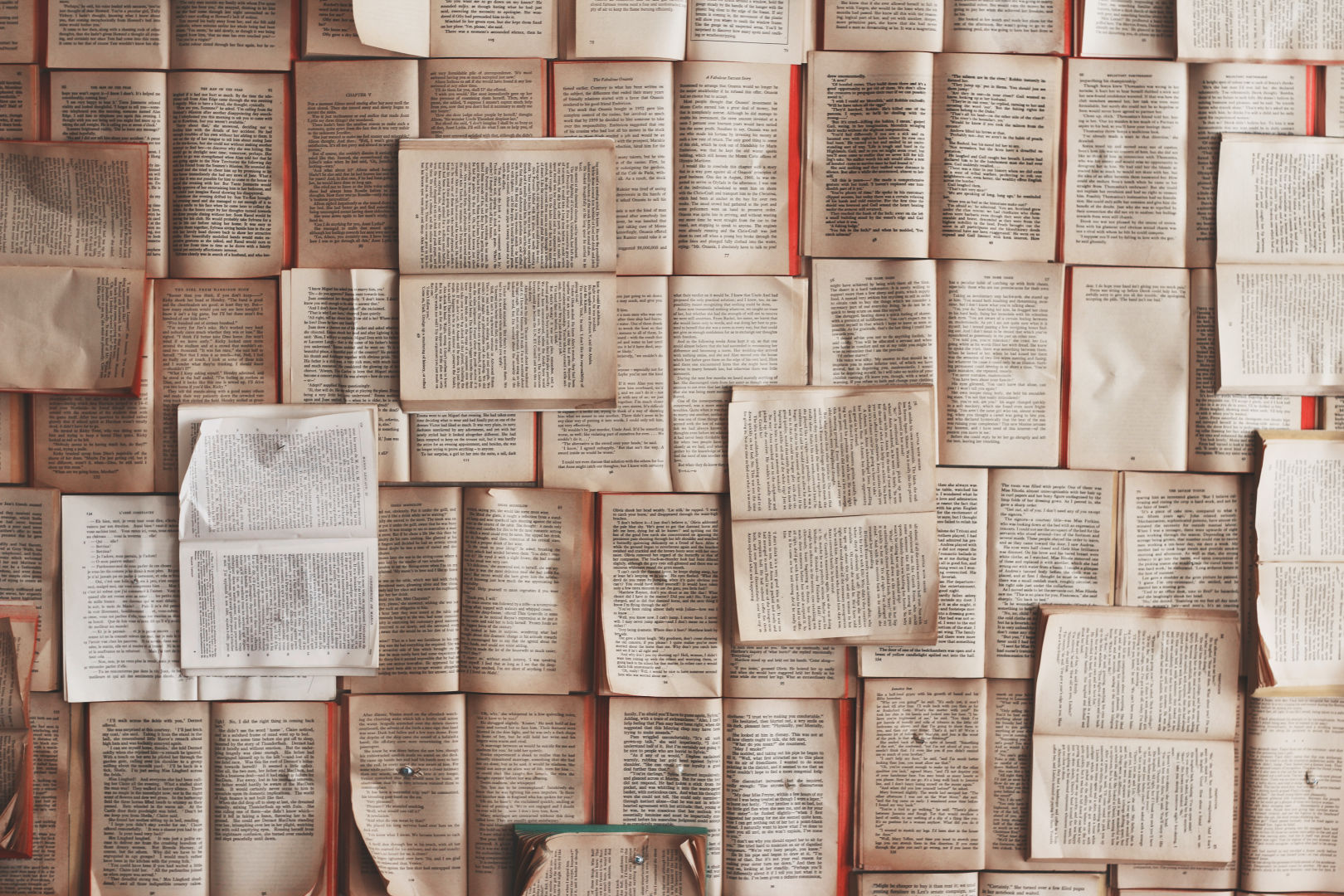Welcome to the captivating world of Indian literature and poetry, where emotions run deep, and mystique lingers in the air. We invite you to unravel the mystic charm of Indian poetry as we take you on a journey of discovery.
From the verses of Rabindranath Tagore to the lines of Gulzar, Indian poetry offers a tapestry of voices and emotions. Whether you’re a poet, this guide is designed to help you navigate the paths of poetry with confidence and flair.
Exploring the works of poets or their influences. Learn about the distinctive features and forms of Indian poetry, from ghazals to haikus. Discover how to unlock your own poetic potential.
Embark on this poetic journey with us, as we uncover the beauty, depth, and timeless allure of Indian poetry. Let the words transport you to a realm where every syllable resonates with meaning and every line paints a vibrant picture in your mind. Get ready for the magic of Indian poetry.
The rich history of Indian poetry
Indian poetry boasts a rich and vibrant history that spans centuries. It can be traced back to the ancient Vedic period. Where hymns and verses were composed and recited as a part of religious rituals. These early compositions, known as Vedic poetry, laid the foundation for the poetic traditions that followed.
As time passed, poetry in India evolved and adapted to various cultural and linguistic influences. One of the most significant contributions to Indian poetry came from the Bhakti and Sufi movements. Which emerged in the medieval period. These movements emphasized personal devotion and spiritual experiences, giving rise to a new wave of deeply emotional and introspective poetry.
Persian poetry had a profound impact on Indian literature and Poets like Mirza Ghalib and Faiz Ahmed. Faiz brought a new sensibility to Indian poetry, blending Persian and Indian elements to create a unique poetic language.
Today, Indian poetry continues to evolve and reflect the diverse voices and experiences of the nation. It embraces both traditional and contemporary themes, exploring love, nature, spirituality, and social issues. The rich history of Indian poetry serves as a foundation for poets to draw inspiration from, while also encouraging innovation and experimentation.
Different forms and styles of Indian poetry
Indian poetry encompasses a wide range of forms and styles, each with its own unique structure and characteristics. From the melodic ghazals of Urdu poetry to the concise and evocative haikus of Japanese-inspired poetry. There is a form to suit every mood and expression.
The ghazal, a popular form of Persian and Urdu poetry, is characterized by its rhyming couplets and a refrain at the end of each line. It often explores themes of love, longing, and spirituality, with each couplet functioning as a self-contained unit. Ghazals have a lyrical quality that lends itself well to musical compositions, and many renowned ghazal singers have brought these verses to life through their soulful renditions.
Haikus are a form of minimalist poetry that originated in Japan. They consist of three lines, with a specific syllable count of 5-7-5. Haikus capture a single moment or observation, often focusing on nature and the beauty of the everyday. They get value for their ability to evoke emotions and create vivid imagery with just a few carefully chosen words.
Apart from these forms, The Tamil Sangam poetry. dating back to the 1st and 2nd centuries BCE consists of highly structured and rhythmic verses that explore various themes, including love, nature, and war. Each region in India has its own poetic traditions and forms, adding to the diverse tapestry of Indian poetry.
Famous Indian poets and their contributions
Indian literature and poetry is shaped by the contributions of numerous talented and influential poets throughout history. From the classical poets of ancient India to the modern-day icons, their works continue to inspire and resonate with readers across generations.
One of the most celebrated Indian poets is Rabindranath Tagore, whose lyrical verses have earned him the distinction of being the first non-European to win the Nobel Prize in Literature. Tagore’s poetry reflects his deep connection with nature and his profound spiritual beliefs. His collection of poems, Gitanjali, remains a masterpiece that captures the essence of love, devotion, and the human experience.
Gulzar is a poet and lyricist who has left an indelible mark on the Indian film industry. His verses are known for their simplicity and emotional depth, exploring themes of love, loss, and the complexities of human relationships. Gulzar’s poetry has a unique ability to touch hearts and evoke a range of emotions. Making him a beloved figure in Indian literature.
Amrita Pritam, often referred to as the “First Lady of Punjabi Poetry,” made significant contributions to modern Indian poetry. Her evocative verses explore themes of love, feminism, and the pain of Partition, creating a powerful impact on readers. Pritam’s poetry reflects her personal experiences and the changing social dynamics of her time, making her a trailblazer for women in literature.
These are just a few examples of the many talented poets who have shaped Indian poetry. Each poet brings their own unique perspective, voice, and style, making Indian poetry a diverse and ever-evolving art form.
Exploring Regional Poetry Traditions in India
India is a country of diverse languages, cultures, and traditions, and this diversity in the regional poetry traditions that exist across the country. Each region has its own distinct poetic heritage, with unique forms, styles, and themes.
Poets like Kabir, Surdas, and Tulsidas composed verses in Hindi and Awadhi, making spirituality accessible to the masses. Bhakti poetry often uses metaphors and symbols to express devotion and explore the relationship between the individual and the divine.
In the southern region of India, Tamil poetry has a rich history dating back to the Sangam period. Sangam poetry, characterized by its structured form and lyrical quality, explores themes of love, nature, and heroism. composed by multiple poets and collected in anthologies, providing valuable insight into the social and cultural milieu of ancient Tamil society.
The northeastern state of Assam has a vibrant tradition of poetry known as Borgeet, which originated in the 15th century. It is often performed in religious ceremonies and has become an integral part of Assamese cultural identity.
These are just a few examples of the regional poetry traditions in India. Each region has its own unique forms, themes, and cultural influences, contributing to the diverse tapestry of Indian poetry.


